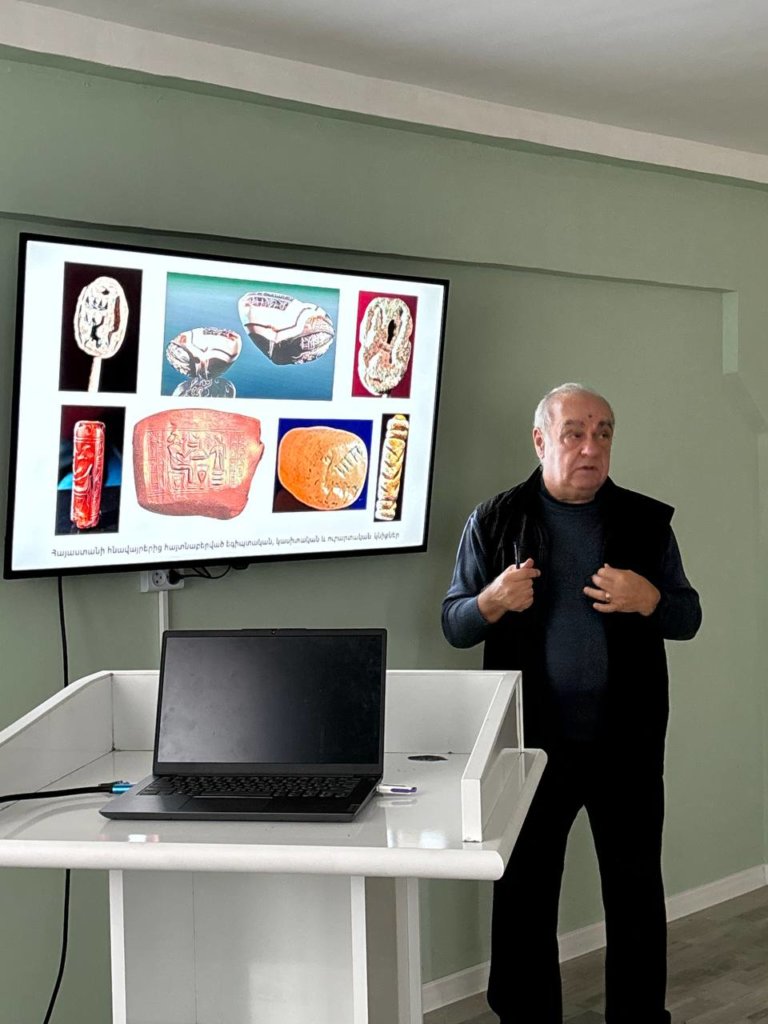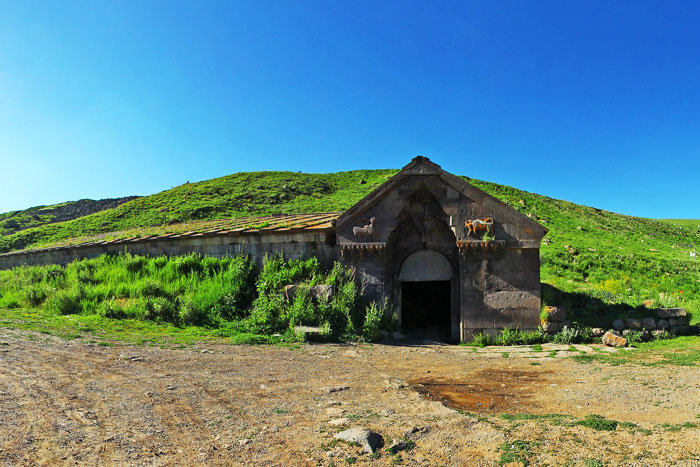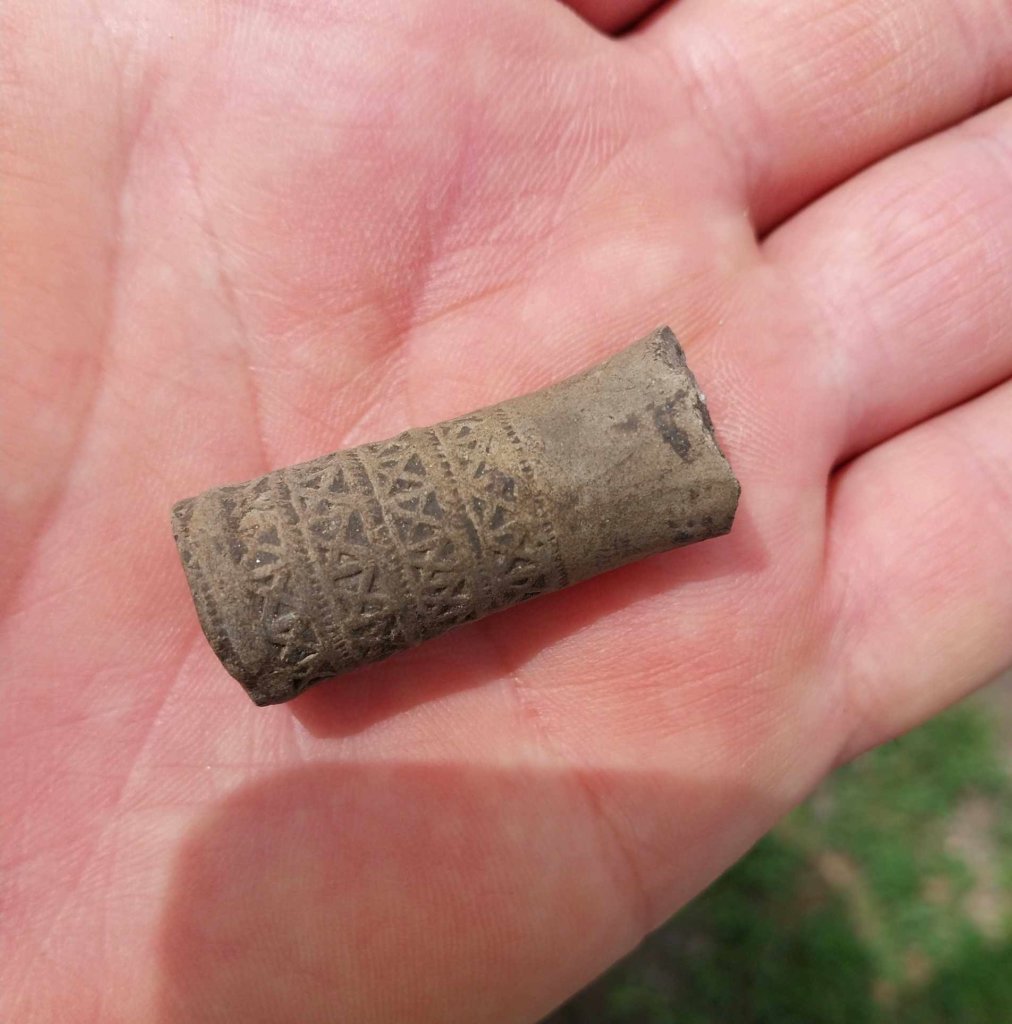«A person deserving words of profound reverence and admiration, and if he were a foreigner, but not Armenian, we would be unable to find words to praise him, as with modesty and without roar he is doing whatever his heart wants, fulfilling his study, and he is happy…».
Avetiq Isahakyan
In the stores of the «Service for the Protection of Historical Environment and Museum Reservations» the archives of several scientists, who have studied the Armenian architecture, are kept. Among them is the archive of Toros Toromanyan, who was the founder of the scientific study of Armenian architecture in Armenia. The archive has become a state property since 1999 due to the efforts of Archbishop Mesrob Ashchyan, who was a famous cultural and ecclesiastical figure.
In 2008 «Service for the Protection of Historical Environment and Museum Reservations» published book «Cathedral of Ani» by Toros Toramanyan in three languages (Armenian, Russian and English).
Measurements and reconstructions implemented by T. Toramanyan during 30 years were incomparably much more by their number. His works were lost twice and a small part of his heritage has reached us.
The current volume presents the measurements of the Ani Cathedral Church implemented by architect Toros Toramanyan. The majority of the presented drawings are published for the first time. The presented materials corresponds to the present requirements, as the monument was subjected to considerable changes during more than one houndred years, and it is not available for Armenian specialists at present. For comprehensive presentation of the monument, the authors composed short essays, through which the readers may be acquainted with the history of Ani City, as well as get information on the scientific expeditions that carried out excavations and studies, and on the Cathedral and about architect Trdat.
These documents will promote protection of Armenian monuments located abroad, particularly in Turkey, and focus the attention of the public on these issues, will help to form universal attention and care towards these monuments and support the preservation of the Armenian cultural heritage. The great parts of these materials may serve for students as guidelines.
During the selection of materials for publication, the preference was given to the original drawings of Toromanyan.
The book also includes photographs made by Z. Sargsyan in 2006 in order to emphasize the preservation of the monument.







